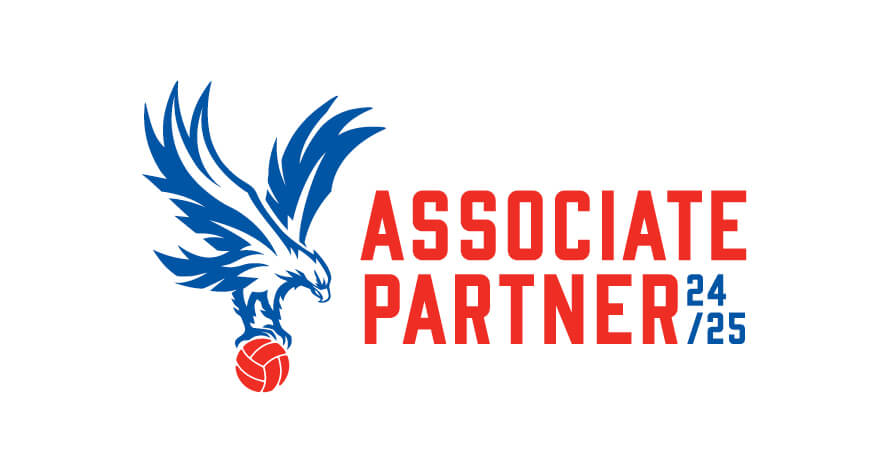1,000 Fire Risk Assessments Analysed: Does your business conform?
I have analysed the latest 1,000 fire risk assessments that have been completed on the PYRAMID™ Risk Management System for this article. The reason for the analysis was to find the most common reasons for fire safety non-conformance. The data has been collated from fire risk assessments carried out across the retail, restaurant, hotel, hospital, housing and office sectors. PYRAMID™ is the complete on-line solution for health and safety, fire safety and food safety management.
Does your business conform to the Regulatory Reform (Fire Safety) Order 2005 fire safety law? This article has been broken down into the areas that cause the most concern and the factors that make these areas a concern. I have also included some quick recommendations and information to advise on how to get your fire safety compliance on track.
We can carry out a fully comprehensive fire risk assessments anywhere in the world using our global network of qualified fire safety consultants. If you require a fire risk assessment, please use our on-line fire risk assessment quotation form or get in touch with us via the contact us page.
Fire Doors
- No fire doors where fire doors are required
- Fire doors not closing to completion
- No signage
- Damaged / missing smoke seals
- Damanged / missing intumescent seals
- Fire doors being wedged open
- Poor condition of fire doors
Fire doors should be checked regularly to ensure they function correctly and are ready for use. The checking of fire doors should have the same priory of testing as testing a smoke alarm or a fire extinguisher. Periodic checks or planned preventative maintenance should be in place. If repairs are required these should be completed as soon as possible.
Emergency Lighting
- No records of testing
- Overdue testing
- Insufficient testing
All emergency lighting systems must be tested monthly and a test for for the full rated duration of the emergency lights must be carried out annually. The emergency lights must still be working at the end of any tests carried out. The results of the tests must be recorded and any problems corrected as soon as possible.
Building Compartmentation
- Damaged ceiling tiles
- Damaged walls
Any damage identified within compartments should be repaired as soon as possible to prevent the spread of smoke, fire or toxic gases in the event of a fire.
Fire Extinguishing Appliances
- Signage
- No annual maintenance
- Maintenance overdue
- Lack of maintenance records
- No suitable wall brackets
- Equipment obstructed
- Missing equipment
Fire extinguishers must be serviced annually and service records kept, other types of fire extinguishing equipment must be serviced at the interval recommended for the equipment. Planned preventative maintenance or periodic checks should be put in place for checking fire extinguishing equipment. The equipment must be clear from obstruction and clearly signed.
Staff Training
- No induction or fire warden training
- Records missing on any training taken
- No refresher training
All new staff should receive fire safety induction training. It is also important for business to have fully-trained fire wardens in the event of a fire. The number of fire wardens required will differ depending on a number of factors. The number of required fire wardens will be included in your fire risk assessment.
Safety Signs and Notices
- Incorrect positioning of signage
- Unsuitable signage
- Missing signage
- Signage obstructed
- Out of date signage
Fire safety signs and notices should be in place to provide information on escape routes and emergency exits, information on the identification or location of fire fighting equipment and to give warning in case of a fire.
Fire Alarm Testing
- No records of testing
- Irregular testing
- Overdue servicing
- No fire evacuation drills
- No fire evacuation drill records
Fire alarm testing should be carried out weekly and monthly with servicing of the fire alarm system taking place every six months. One fire evacuation drill should take place at least once a year and the results of the drill recorded.
Portable Appliance Testing (PAT)
- No testing
- Overdue testing
- Items missed during testing
- Damaged items
Although not required by law, portable appliance testing ensures that electric equipment within a premises is safe to use.
The frequency of inspection and testing depends upon the type of equipment and the environment it is used in. For example, a power tool used on a construction site should be examined more frequently than a lamp in a hotel bedroom. – Health and Safety Executive (HSE)











Comments are closed.